Alceu de Souza Britto Junior
Large-Margin Representation Learning for Texture Classification
Jun 17, 2022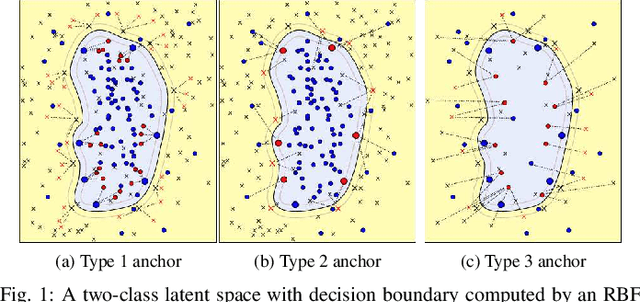
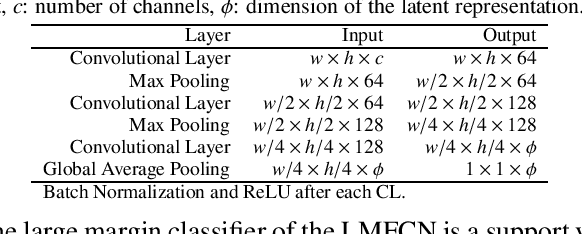
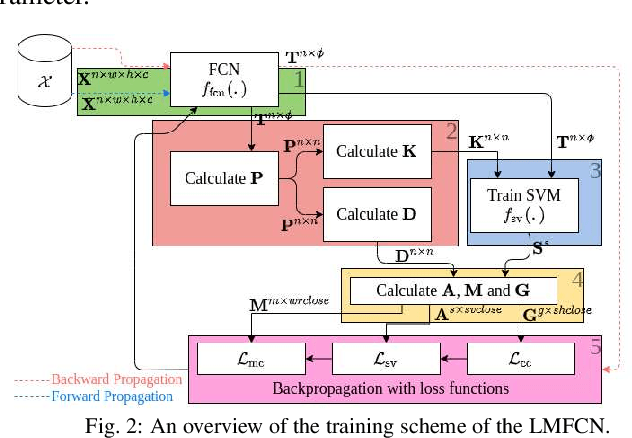
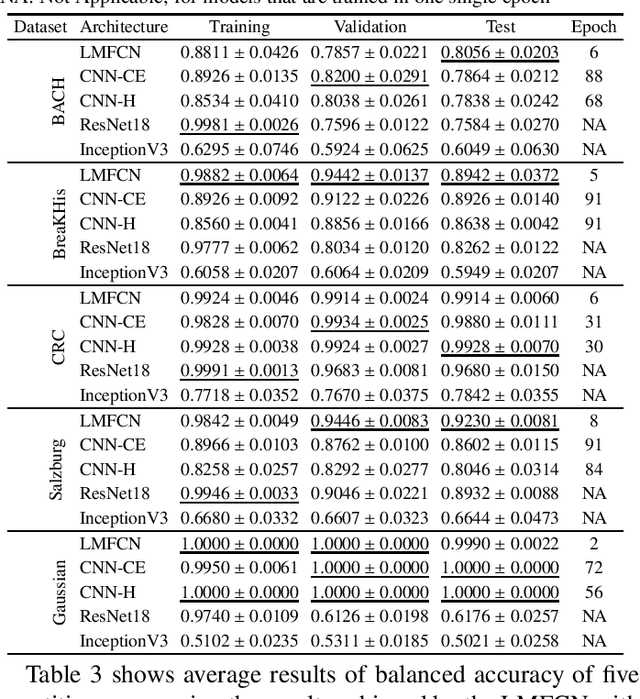
Abstract:This paper presents a novel approach combining convolutional layers (CLs) and large-margin metric learning for training supervised models on small datasets for texture classification. The core of such an approach is a loss function that computes the distances between instances of interest and support vectors. The objective is to update the weights of CLs iteratively to learn a representation with a large margin between classes. Each iteration results in a large-margin discriminant model represented by support vectors based on such a representation. The advantage of the proposed approach w.r.t. convolutional neural networks (CNNs) is two-fold. First, it allows representation learning with a small amount of data due to the reduced number of parameters compared to an equivalent CNN. Second, it has a low training cost since the backpropagation considers only support vectors. The experimental results on texture and histopathologic image datasets have shown that the proposed approach achieves competitive accuracy with lower computational cost and faster convergence when compared to equivalent CNNs.
Deep Learning Approaches for Image Retrieval and Pattern Spotting in Ancient Documents
Jul 22, 2019
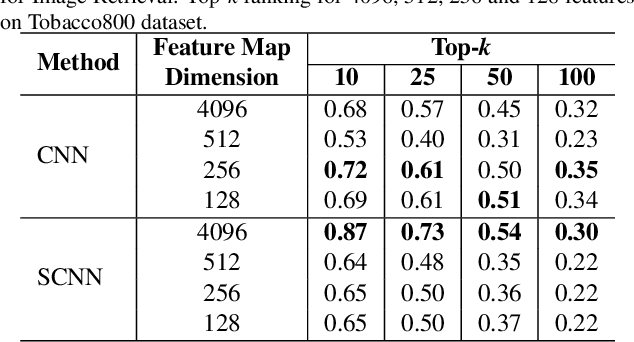

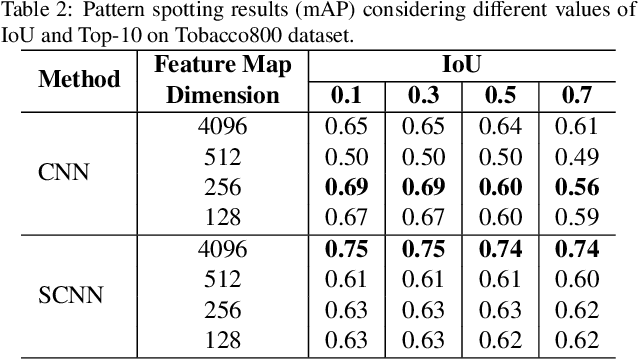
Abstract:This paper describes two approaches for content-based image retrieval and pattern spotting in document images using deep learning. The first approach uses a pre-trained CNN model to cope with the lack of training data, which is fine-tuned to achieve a compact yet discriminant representation of queries and image candidates. The second approach uses a Siamese Convolution Neural Network trained on a previously prepared subset of image pairs from the ImageNet dataset to provide the similarity-based feature maps. In both methods, the learned representation scheme considers feature maps of different sizes which are evaluated in terms of retrieval performance. A robust experimental protocol using two public datasets (Tobacoo-800 and DocExplore) has shown that the proposed methods compare favorably against state-of-the-art document image retrieval and pattern spotting methods.
 Add to Chrome
Add to Chrome Add to Firefox
Add to Firefox Add to Edge
Add to Edge